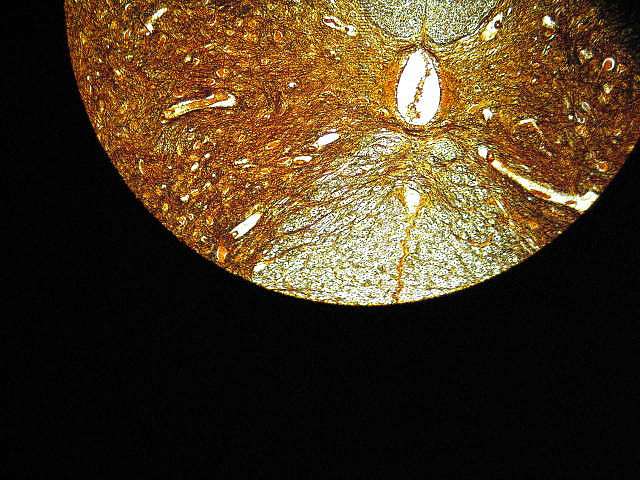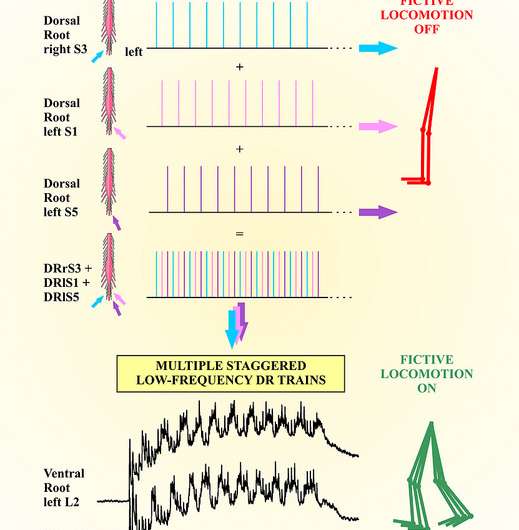A new strategy against spinal cord injuries

Patients, doctors and researchers look with great expectations to epidural electrostimulation, a medical technique that could alleviate the condition of subjects affected by paralysis due to spinal cord injury. Although still relatively rudimentary, the technique is constantly being improved thanks to research. A group of scientists (including some from SISSA), who have published a paper in Spinal Cord, propose a new methodological approach based on distributing the stimulation and modulating the frequency of electrical impulses, which has provided good results in vitro.
Epidural electrostimulation is a medical technique that has been used for several years now to help patients affected by paralysis due to a spinal cord injury. It involves implanting electrodes over the dorsal nerve roots (which convey incoming "sensory" inputs) of the spinal cord below the level of the trauma and applying electrical stimuli of varying intensity and frequency. This technique, which produces or helps produce activation patterns of the motor nerves (ventral, outgoing) has shown promising results, and the scientists hope that one day it will be able to help paralysed people, for example, to stand and take a few steps, as well as restoring sphincter control and sexual function.
There is still a long way to go before reaching that goal, and for this reason the scientific community is redoubling efforts to refine the method. "Most research to date has focused on the materials and technology of the devices. Our study, by contrast, looked at the nature and quality of the electrical signal delivered by the electrodes", explains Giuliano Taccola, researcher at the International School for Advanced Studies (SISSA) of Trieste and coordinator of the study. "The question everyone is asking is always the same: how do we get effective motor responses? In this sense, we believe it's important to better modulate the electrical signal and precisely identify the points where it should be applied".
"Current techniques consist of applying a high-frequency signal in a generalized fashion. That way, we get a 'cumulative' and somewhat undifferentiated stimulation of a group of nerve fibres. What we did instead was to adopt a 'multi-site' approach: the electrical stimulation is applied at different points of the circuit", he explains. In the study, Taccola and colleagues worked with spinal neural circuits prepared in vitro. This allowed them to control the simulation sites very carefully, and to record the network responses with great precision.

"The other novelty we introduced was to use a low-frequency stimulation". The combination of these two factors (signal frequency and multiple sites) produced very efficient motor patterns. "With our work we have defined a new spinal cord stimulation strategy for the activation of motor neurons, which may also be imported in many of the stimulators being used in clinical settings."
More information: "Staggered multi-site low-frequency electrostimulation effectively induces locomotor patterns in the isolated rat spinal cord." Spinal Cord, (23 June 2015) | DOI: 10.1038/sc.2015.106














